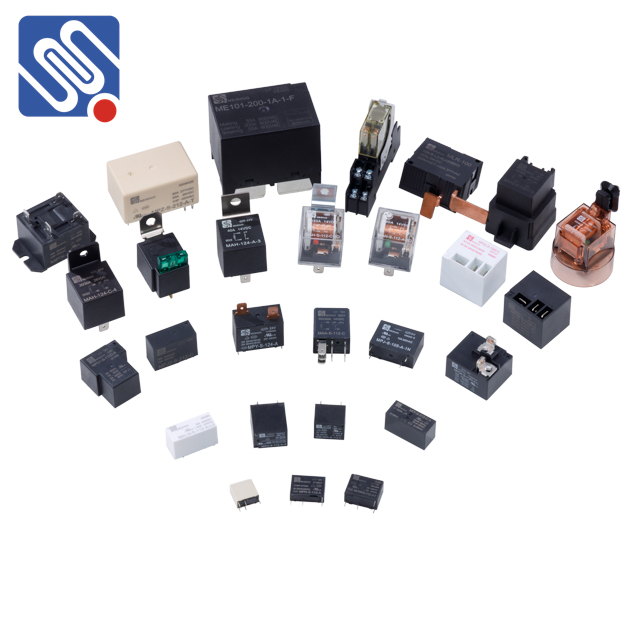understanding relay types and the role of meishuo relays in modern applications
Release time:2025-06-29 08:08:35
Relays are essential components in electrical circuits, serving as switches that allow a small current to control a larger one. These devices are widely used in a variety of applications, from automation systems to safety features in machinery. Relays can be classified based on their operational mechanisms, electrical ratings, and specific purposes. In this article, we will delve into the different types of relays, focusing on Meishuo relays and their growing significance in various industries.

Types of Relays
There are several types of relays, each designed to meet specific requirements depending on the application. The most common types include:
Electromagnetic Relays: These are the traditional relays that operate based on an electromagnet's attraction and release mechanism. When current flows through the coil, it generates a magnetic field that pulls a switch into action, thus closing or opening a circuit. They are often used in industrial control systems.
Solid-State Relays (SSRs): Unlike electromagnetic relays, solid-state relays use semiconductor components to perform the switching operation. These relays have no moving parts, which makes them more durable and faster in operation compared to their mechanical counterparts. SSRs are used in applications where speed and longevity are crucial, such as in automation and power management systems.

